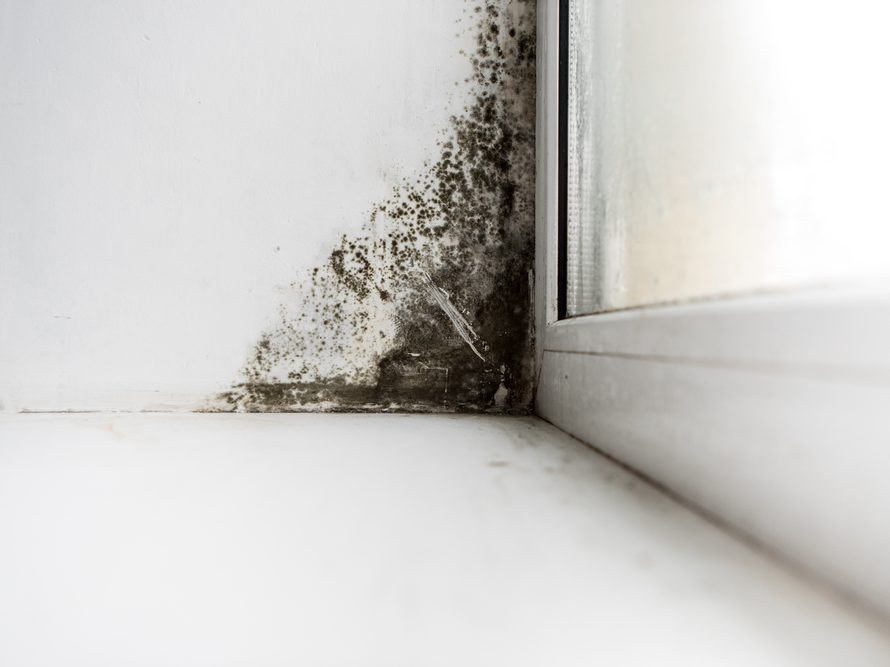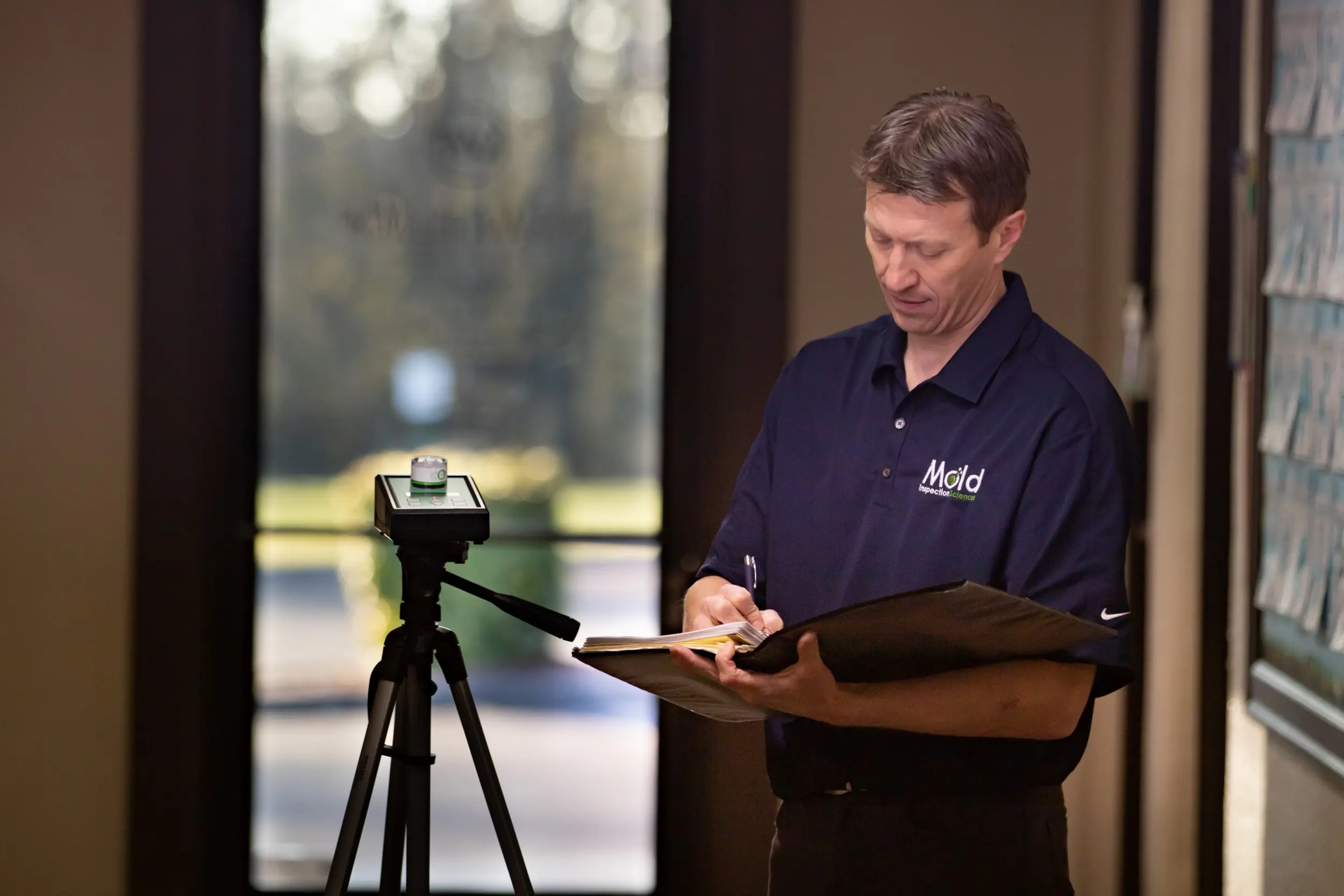Assistance on What to Do After Mold Remediation
Assistance on What to Do After Mold Remediation
Blog Article
Your Ultimate Guide to Article Mold And Mildew Removal Methods
Browsing the realm of post-mold remediation techniques is a meticulous process that demands attention to information and a comprehensive understanding of the details entailed. In the after-effects of mold and mildew invasion, recognizing how to properly eliminate the mold and mildew and stop its reoccurrence is extremely important for preserving a healthy and balanced indoor atmosphere. From selecting the best cleaning and disinfecting techniques to implementing approaches for long-term mold and mildew avoidance, each action in the remediation trip plays a crucial role in making certain an effective end result. As we embark on this expedition of post-mold remediation strategies, we will reveal the vital approaches and best methods that can aid you restore your room to its pre-mold problem and protect it versus future mold and mildew risks.
Understanding Post-Mold Removal Process
After completing the mold remediation procedure, it is essential to understand the post-mold remediation methods that are essential to ensure a reliable and extensive clean-up. Once the mold and mildew has been gotten rid of, the next action includes cleaning and sanitizing the affected locations to prevent any kind of regrowth of mold.
Furthermore, conducting a final examination post-remediation is essential to make sure that all mold and mildew has actually been efficiently eradicated. If the evaluation reveals any remaining mold and mildew, additional remediation might be essential.
Reliable Cleaning Up and Disinfecting Methods

Stopping Future Mold And Mildew Development

Relevance of Proper Ventilation
Proper air flow plays an important duty in preventing dampness buildup, a key element in mold development within indoor settings. Efficient air flow systems help get rid of excess humidity from the air, reducing the possibilities of mold and mildew spores discovering the moisture they require to spread out and germinate. Without ample ventilation, interior spaces can end up being a reproduction ground for mold, bring about prospective wellness risks and structural damages.
By ensuring appropriate air circulation, ventilation systems can additionally aid in drying out wet locations much more promptly after water damages or flooding incidents, better deterring mold have a peek at this website and mildew growth. After mold remediation. In areas like shower rooms, basements, attic rooms, and kitchens where moisture degrees tend to be greater, installing and maintaining reliable air flow systems is vital in protecting against mold infestations

Monitoring and Maintenance Tips
Given the vital role that correct air flow plays in protecting against mold development, it is imperative to develop efficient surveillance and upkeep pointers to make sure the continued capability of ventilation systems. Normal evaluations of air flow systems should be conducted to look for any kind of indications of clogs, leakages, or malfunctions that might hinder correct air flow. Monitoring humidity degrees within the property is additionally important, as high moisture can contribute to view mold and mildew growth. Installing a hygrometer can assist track moisture levels and sharp property owners to any spikes that may call for interest. In addition, guaranteeing that air filters are frequently cleansed or replaced is important for preserving the effectiveness of the ventilation system. Applying a schedule for regular upkeep tasks, such as duct cleansing and HVAC system assessments, can aid prevent problems prior to they rise. By staying positive and alert to the condition of ventilation systems, homeowner can efficiently alleviate the danger of mold regrowth and preserve a healthy indoor environment.
Final Thought
In conclusion, post-mold removal methods are crucial for making certain a clean and risk-free environment. Comprehending the process, applying reliable cleaning and decontaminating approaches, protecting against future mold and mildew growth, maintaining correct ventilation, and routine monitoring are all critical actions in the remediation process. By adhering to these guidelines, you can effectively get rid of mold and mildew and stop its return, pop over to these guys advertising a healthy living or functioning area for all passengers.
In the aftermath of mold problem, knowing exactly how to effectively get rid of the mold and mildew and avoid its reoccurrence is extremely important for preserving a healthy interior atmosphere. Once the mold and mildew has actually been eliminated, the following action entails cleaning and decontaminating the influenced locations to prevent any kind of regrowth of mold - testing air quality after mold remediation. After getting rid of noticeable mold growth, it is essential to clean up all surfaces in the afflicted location to eliminate any kind of remaining mold spores. To better improve mold avoidance measures, it is important to deal with underlying issues that initially led to mold development.Provided the vital duty that proper ventilation plays in protecting against mold and mildew development, it is crucial to develop efficient monitoring and maintenance pointers to make sure the continued functionality of air flow systems
Report this page